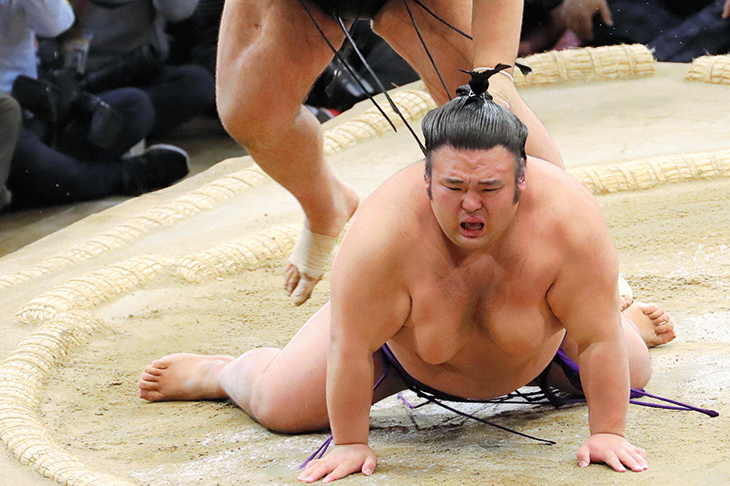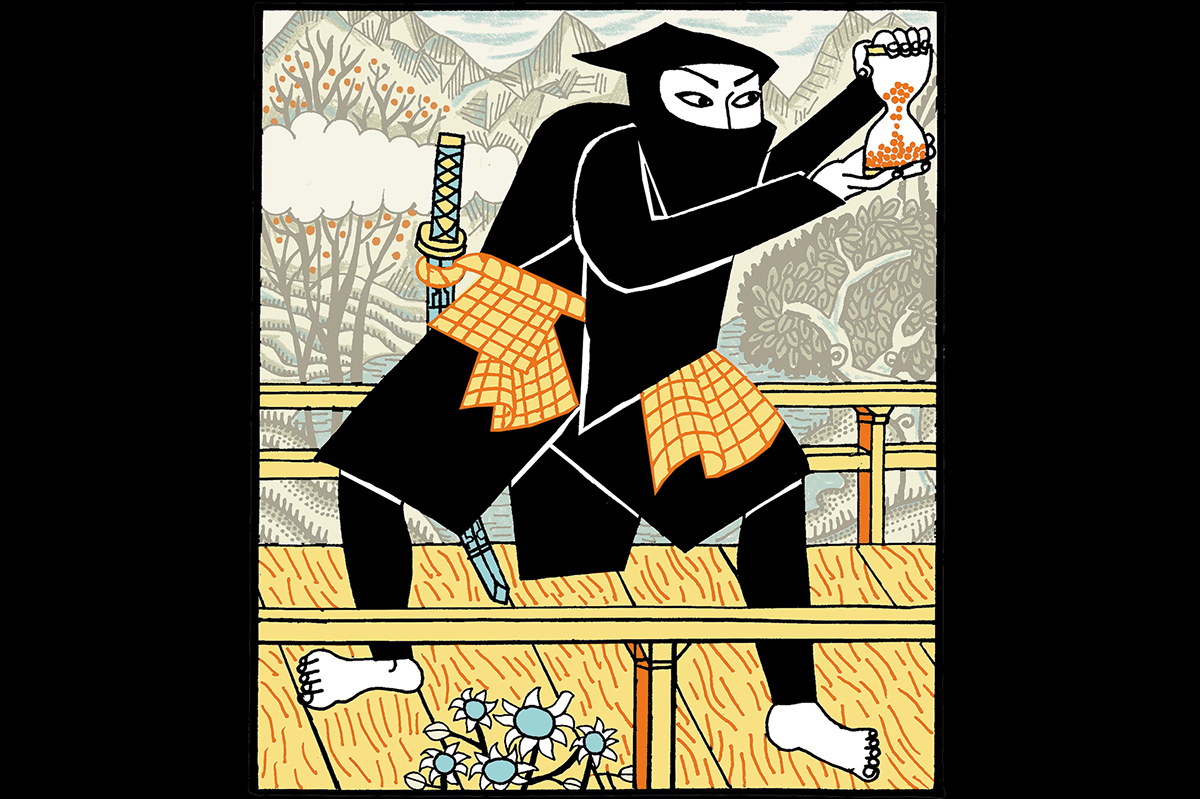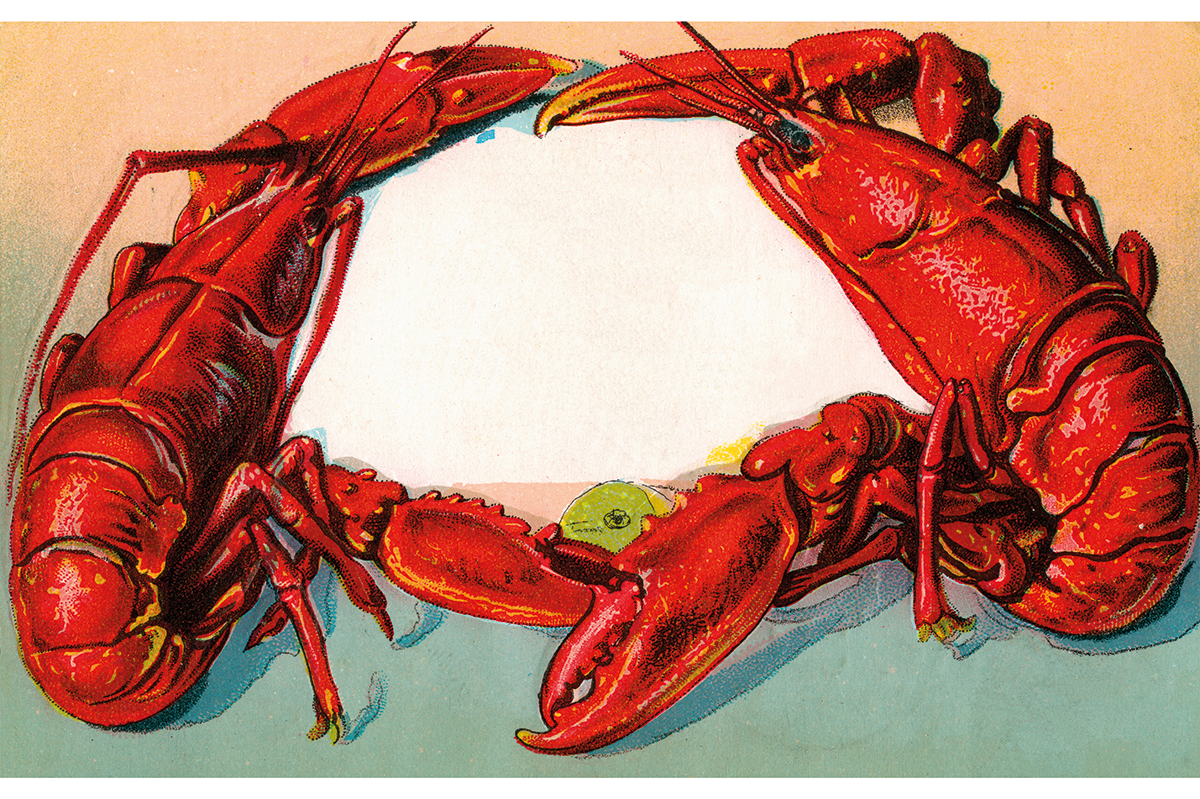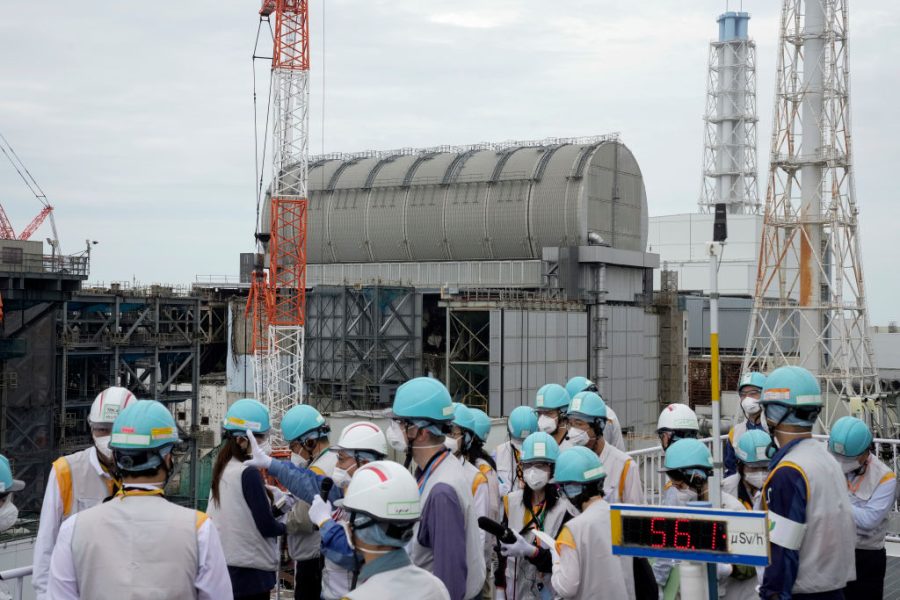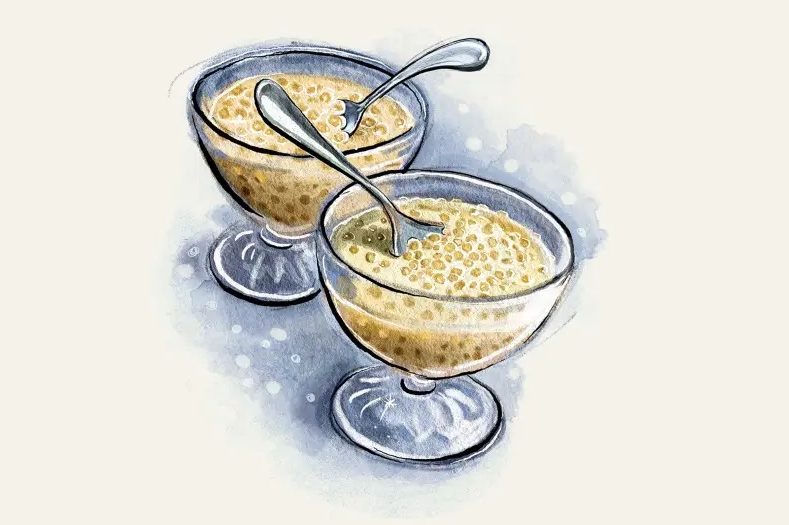An early morning in late November in the peaceful glades that surround an ancient temple complex. A Shinto priest in sombre silks slips through a sliding door; a maple leaf catches the breeze. Suddenly, the silence is broken by the crunching thwack as two 400lb slabs of prime meat collide.
It is the 15th and final day of one of Japan’s six annual sumo tournaments: the Kyushu Basho, held every autumn in the balmy southern city of Fukuoka. A group of visiting wrestlers have begun their pre-breakfast workout in one of the outbuildings of Torikai Hachiman-gu, preparing for the afternoon bouts at the arena three miles away.
Sumo is as much ritual as sport and you would expect it to guard its mysteries, but visits to such training sessions are commonplace, ranging from highly organized stops on the tourist circuit to the more low-key arrangements in place in Fukuoka and elsewhere. Get up early, mind your manners and take your shoes off, and you too can join a small, silent crowd of sumo worshippers as the various rikishi go through their paces.
A 15ft circle has been carefully raked into the sanded floor with a twig broom to mimic the tournament dohyo and a wrestler stands in a deep lunge as he waits for his stablemate to charge. News agencies always feed greedily on horror stories of hazing and humiliation in the closed world of sumo — a major star was forced into retirement earlier this year for beating an underling about the head with the remote control from a karaoke machine — but the atmosphere in the stable is purposeful and unexpectedly good-humored, the moves enacted with the friendly strength of lion cubs at play (having an audience probably helps).
On the sidelines, two men are locked in an unyielding hold like finalists in a dance marathon. In the nearest corner a young heavyweight sinks into a wide, deep knee bend, then, without warning and without apparent strain, raises a leg and tilts through 120 degrees into an unwavering shiko, perfectly balancing his bulk on one small, supple foot. Try it. Now try it with an extra 15 stone strapped to your back.
The sumo wrestler’s supersized physique is the result of a steady diet of chankonabe, a protein-rich body-building hotpot inhaled twice daily from a communal cauldron and washed down with cold beer. Three thousand extra calories a day can hardly fail to add bulk but this conscientious consumption of fish, rice, onions, chicken and tofu affects different bodies in different ways. Some of the current stars, like the heavily breasted Bulgarian bruiser formerly known as Daniel Ivanov, have eaten enough fish, rice and onions to swell to a walloping 31 stone, but there are no weight divisions in sumo and the top seed, Mongolian champion Hakuho, has enjoyed a record-beating run at the head of the premier league despite being 70lb lighter. Sheer bulk has its advantages but great size often comes at the price of speed and maneuverability and a lighter, nimbler man can twist clear of a forward rush and turn an opponent’s bulk against him.
Sumo’s stars scorn fripperies such as muscle definition but in the intimacy of morning training you can glimpse their massive quads and deltoids beneath the rippling subcutaneous blubber. There is something strangely endearing about these soft outlines. Seen close-up, their damp skin, massaged and smooth and faintly pink after five hours of hard practice, has the plump, kissable look of a chubby baby at bath time. ‘Kawaii’ (‘cute’) murmurs an enraptured woman at my side.
The wrestlers’ cherubic looks attract a keen female following. Outside the practice room a young, high-ranking maegashira is waylaid by giggling autograph hunters and as junior wrestlers make their way to the competition on the number four crosstown bus (Japan Sumo Association’s myriad rules forbid the lads from driving) there is the furtive click of shutters from Hello Kitty cameraphones. Over in the arena itself, groups of ladies sit in the coveted boxes, conning the form sheet, nibbling sushi and waving home-made banners for their favorites. Up in the cheap seats (a steal at ¥3,800) a young woman is screaming for local boy Kotoshogiku. He wins. She screams some more.
Down at the dohyo the mood is far more decorous and the ancient forms and rituals survive largely intact beneath the Shinto temple roof suspended above the action. There is an elaborate etiquette at play in the throwing of sacred salt, the pouring of ‘power water’ and the precise gestures to be used as the referees, in their peacock silks, present the winner of each bout with a neat pile of cash. The wrestlers wear only the bum-baring mawashi loincloth but as each new division begins they don sumptuously embroidered sponsors’ aprons and circle the ring like the swimwear section in an old beauty pageant.
The Sumo Association is doing its best to smarten up the audience — prizes are offered to the first few hundred punters to turn up in full kabuki — but the Fukuoka dress code is very relaxed (one ticket website suggests wearing ‘more than the wrestlers wear’) and the crowd, fueled by a long day of beer and sake, grows less hidebound with each bout, calling out and taking flash photographs during the most nail-biting holds.
Most of the serious picnicking takes place in the swanky but uncomfortable four-seater ‘boxes’ (smaller than a bath towel and just a thin cushion to sit on). The ringside seats are reserved for wrestlers-in-waiting and the five line judges (shinpan), who gather on stage for a brisk stewards’ inquiry whenever a result is in dispute. The stalls seats behind them are prestigious (and hard to come by) but don’t allow food or drink and are frighteningly close to the action (a line judge recently had his femur snapped when a flying wrestler landed in his lap).
All the experts I spoke to (barmen and taxi drivers mostly) didn’t envy me my tickets for November’s Fukuoka final and assured me that it would be a dull fortnight. With all three top seeds (yokozuna) out of action, whoever nabbed the Emperor’s Cup would have beaten no one of importance — like winning a Wimbledon with no Djokovic or Federer — but the nightly YouTube highlights began telling a different story.
At 5ft 9in, the 22-year-old Takakeisho was easily the shortest man in the top division with an extremely small reach (one commentator called him ‘a bowling ball with legs’). But he was beating all-comers with his relentless bull-at-a-gate charges and the 15th day saw him neck and neck with fellow Japanese wrestler Takayasu, who had also clocked up a score of 12–2. Everything would rest on the very last bout but by late Sunday afternoon the crowd was extremely well refreshed and surprisingly relaxed about the outcome.
The top divisions of the sport have long been dominated by foreign-born wrestlers so a guaranteed Japanese champion made the result almost immaterial. In the event, Takakeisho lost his bout and Takayasu cruised to victory. A humble mumble thanking father and coach accompanied the presentation of the 30kg sterling silver Emperor’s Cup and prize money of ¥10 million. Additional tributes usefully include a year’s supply of sake, two tons of rice, four tons of onions and a pair of giant sea bream. And for pudding?
This article was originally published in The Spectator magazine.



